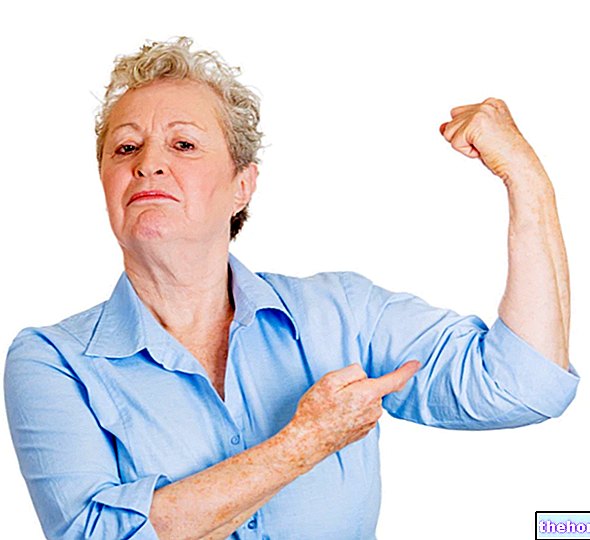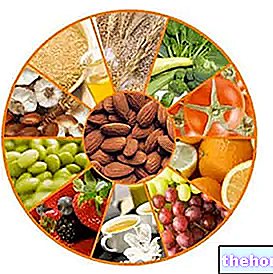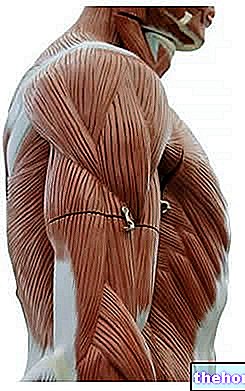In Type 2 Diabetes Mellitus glucose, once absorbed from the intestinal tract and poured into the bloodstream - due to an "alteration of the hormonal vehicle (insulin) or a malfunction of the peripheral tyrosine kinase receptors that do not capture it sufficiently effective - it remains in circulation causing a series of negative metabolic reactions (NB. The nervous tissue is the only insulin-independent).
Type 2 Diabetes Mellitus is a disorder that includes many facets, but what unites ALL clinical pictures is a situation of hyperglycemia (> 110 mg / dl), possibly accompanied by hyper-insulinemia and hyperlipidemia (VLDL - hypertriglyceridemia); obviously, this frequently leads to overweight, worsening of hypertension, glycation of plasma proteins, pro-oxidation of APO-B proteins and consequent REDUCTION of the ability to bind to peripheral receptors (LDL hypercholesterolemia), increased risk of atherosclerosis, retinopathy, neuropathy, nephropathy and foot of the diabetic.
; the most common concern the lifestyle: improper diet and carbohydrate abuse, excess fat mass, lack of muscle mass, sedentary lifestyle; others are genetic, such as the structural alteration of insulin or peripheral receptors. Certainly, whatever the causes, the most effective therapy for Type 2 Diabetes Mellitus consists of:
- Reduction of overweight / obesity
- Reduction of excess carbohydrates and restoration of nutritional balance
- Motor therapy
- Pharmacological therapy
- Compensation for other metabolisms.
The basic principles of the diet for Type 2 Diabetes Mellitus are:
- Low calorie (if needed)
- Reduction of the overall glycemic load
- Reduction of the glycemic load of meals
- Reduction of the glycemic index of meals
- Supply of simple carbohydrates exclusively represented by fructose naturally present in vegetables or by lactose naturally present in milk and dairy products (possibly, simple CHOs must remain around 10-12% of total calories).
Which from a practical point of view translates into:
- Choice of foods rich in fiber and elimination / drastic reduction of refined foods
- Abolition of sweets, sweet carbonated drinks, fruit juices, beer and baked goods
- Reduction of overly sweet fruit and elimination of preserved fruit (candied, canned, jams (questionable), dehydrated, etc.)
- Increase, as much as possible, of foods containing antioxidants (vegetables, fruit NOT too sugary).
NB. The following diet example refers to a case of type 2 diabetes mellitus already pharmacologically compensated; therefore, the use of pasta and bread is allowed; however, even if the blood sugar were higher, it would not be possible to excessively distort the nutritional balance of the diet in favor of fats (which would limit weight loss) and / or proteins (which could excessively strain the liver and kidneys of a third party age).
Example diet for Type 2 Diabetes - DAY 1
Example diet for Type 2 Diabetes - DAY 2
Example diet for Type 2 Diabetes - DAY 3
Example diet for Type 2 Diabetes - DAY 4
Example diet for Type 2 Diabetes - DAY 5
Type 2 Diabetes Diet Example - DAY 6
Example diet for Type 2 Diabetes - DAY 7




























